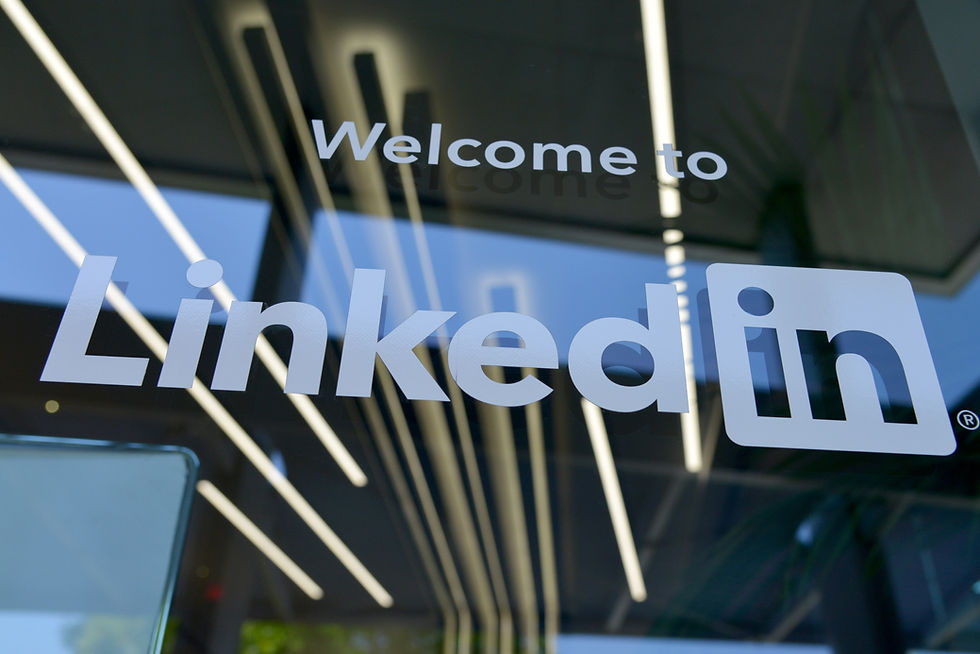The Cure For Email Bouncebacks And Bad Data
- Drew Fabrikant
- Oct 16, 2023
- 2 min read
Have you ever sent out a carefully crafted email campaign only to be met with the dreaded "bounceback" notification? It's frustrating, and it happens to the best of us. In fact, almost every single email campaign that has ever been sent, since the beginning of time has bouncebacks, if the list is large enough.

The good news is, you're not alone, and there's a silver lining. In this guide, we'll show you how to turn email bouncebacks and bad data into an opportunity to build stronger connections and boost your outreach efforts. With the help of Scout, which provides name, address, phone, and email data, we'll explore creative solutions to make the most out of less-than-ideal situations.
1. Double-Check the Email Address
The first step when you receive an email bounceback is to ensure that you've entered the correct email address. Typos happen more often than we'd like to admit - and since almost all email data was entered by a human at some point, humans make mistakes! And a simple mistake like mixing up a "g" and a "y" could be the reason for the bounce. Confirm the email address and try sending the message again.
2. Make a Phone Call
If the email bounces back repeatedly, it's time to take a more direct approach. Use the provided phone number to reach out to your contact. A friendly voice can often resolve misunderstandings or provide updated contact information. Don't be shy; people appreciate the effort you put into connecting.
3. Connect on Social Media
In today's interconnected world, social media is a powerful tool for networking. If you can't reach someone via email or phone, try connecting on platforms like LinkedIn, Twitter, or Facebook. A simple message explaining your intent to connect can open doors that email couldn't.
4. Write a Handwritten Note
In an age of digital communication, a handwritten note can leave a lasting impression. If you have an address, consider sending a personalized letter or note expressing your interest or concern. It's a thoughtful gesture that shows you're willing to go the extra mile.

5. Leverage LinkedIn
LinkedIn is a goldmine for professional connections. If you have access to your contact's name and company, a quick search on LinkedIn can often yield their updated email address or put you in touch with a colleague who can help. LinkedIn is a valuable resource for professional networking.

Conclusion: Don't let email bouncebacks and bad data discourage you. Instead, view them as opportunities to get creative with your outreach.
Scout equips you with the tools you need to get started, but it's up to you to turn lemons into lemonade! Remember, in the world of marketing, persistence and adaptability are key.
By following these steps and exploring various avenues, you can not only salvage potentially lost leads but also build stronger, more meaningful connections with your prospects. So, embrace the challenge, and watch your outreach efforts flourish!




Comments